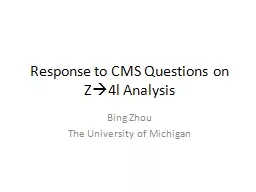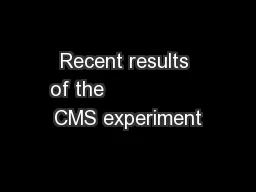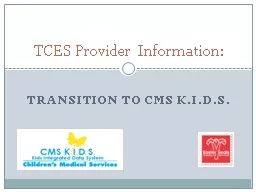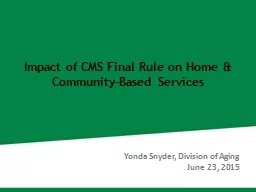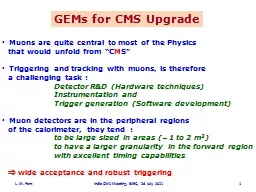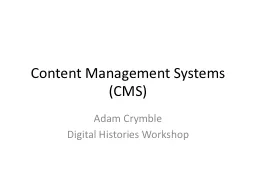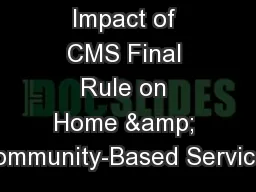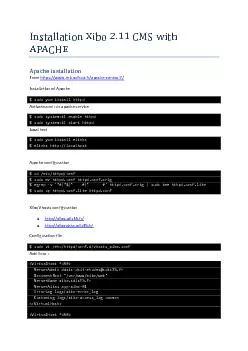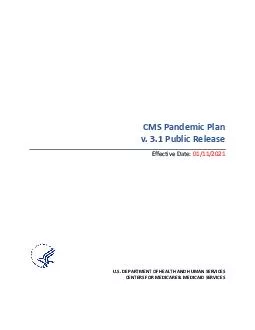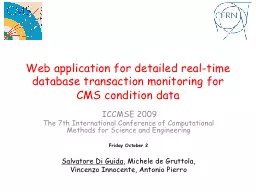PPT-Response to CMS Questions on Z
Author : joyousbudweiser | Published Date : 2020-07-01
4l Analysis Bing Zhou The University of Michigan Looks like CMS and ATLAS are using very similar cuts 60120 vs 66116 but predicted xsection is 77 vs 72 How to
Presentation Embed Code
Download Presentation
Download Presentation The PPT/PDF document "Response to CMS Questions on Z" is the property of its rightful owner. Permission is granted to download and print the materials on this website for personal, non-commercial use only, and to display it on your personal computer provided you do not modify the materials and that you retain all copyright notices contained in the materials. By downloading content from our website, you accept the terms of this agreement.
Response to CMS Questions on Z: Transcript
Download Rules Of Document
"Response to CMS Questions on Z"The content belongs to its owner. You may download and print it for personal use, without modification, and keep all copyright notices. By downloading, you agree to these terms.
Related Documents

